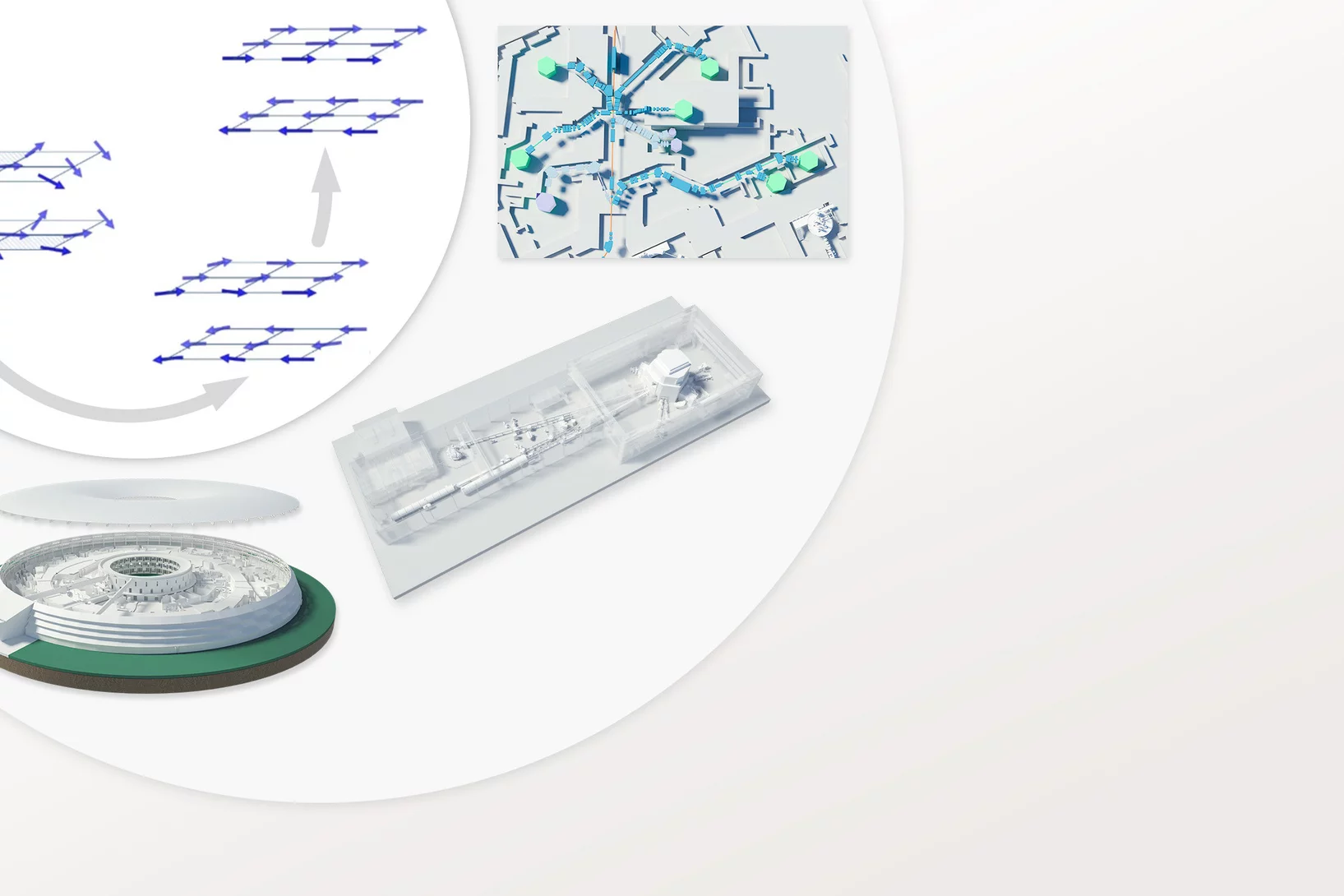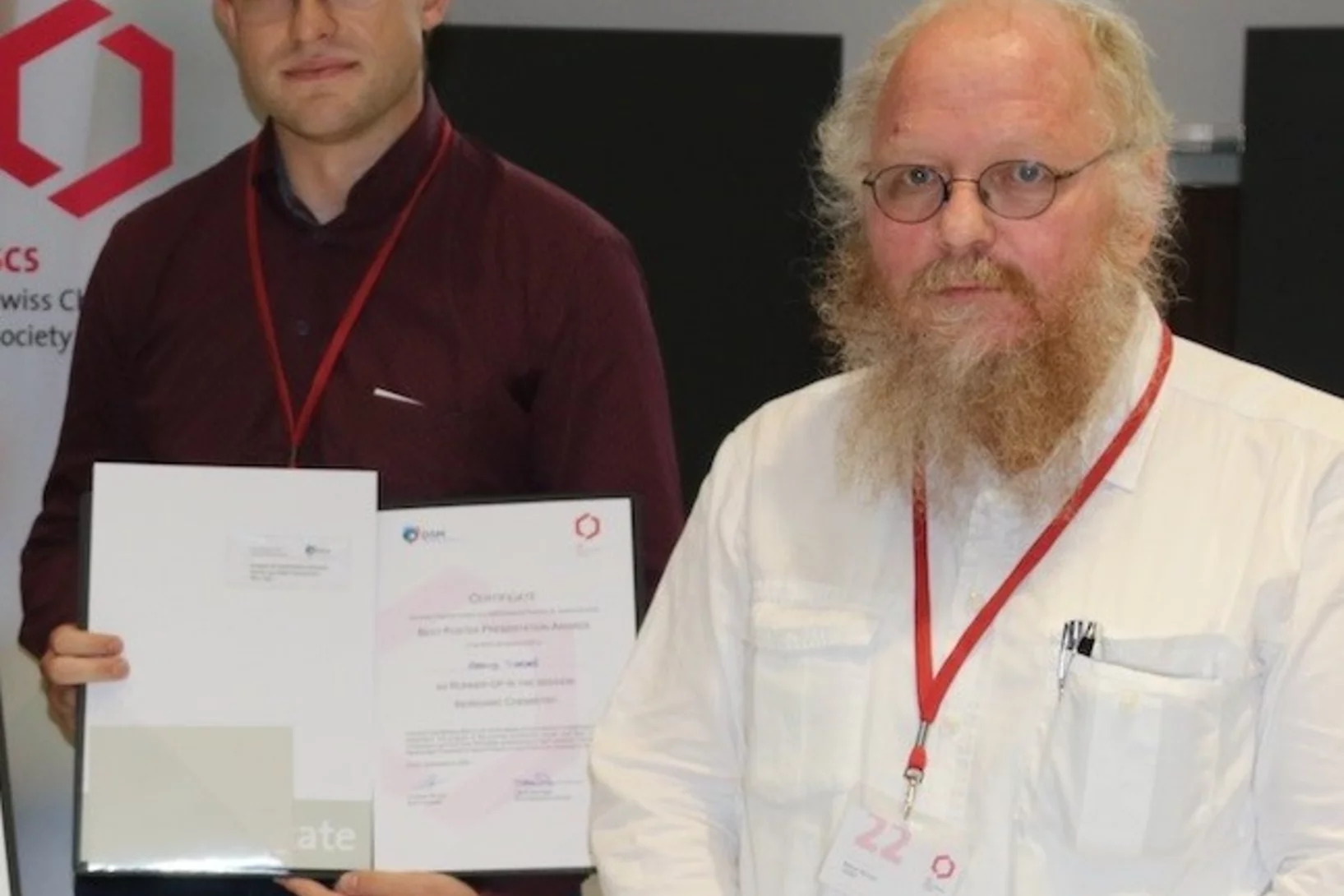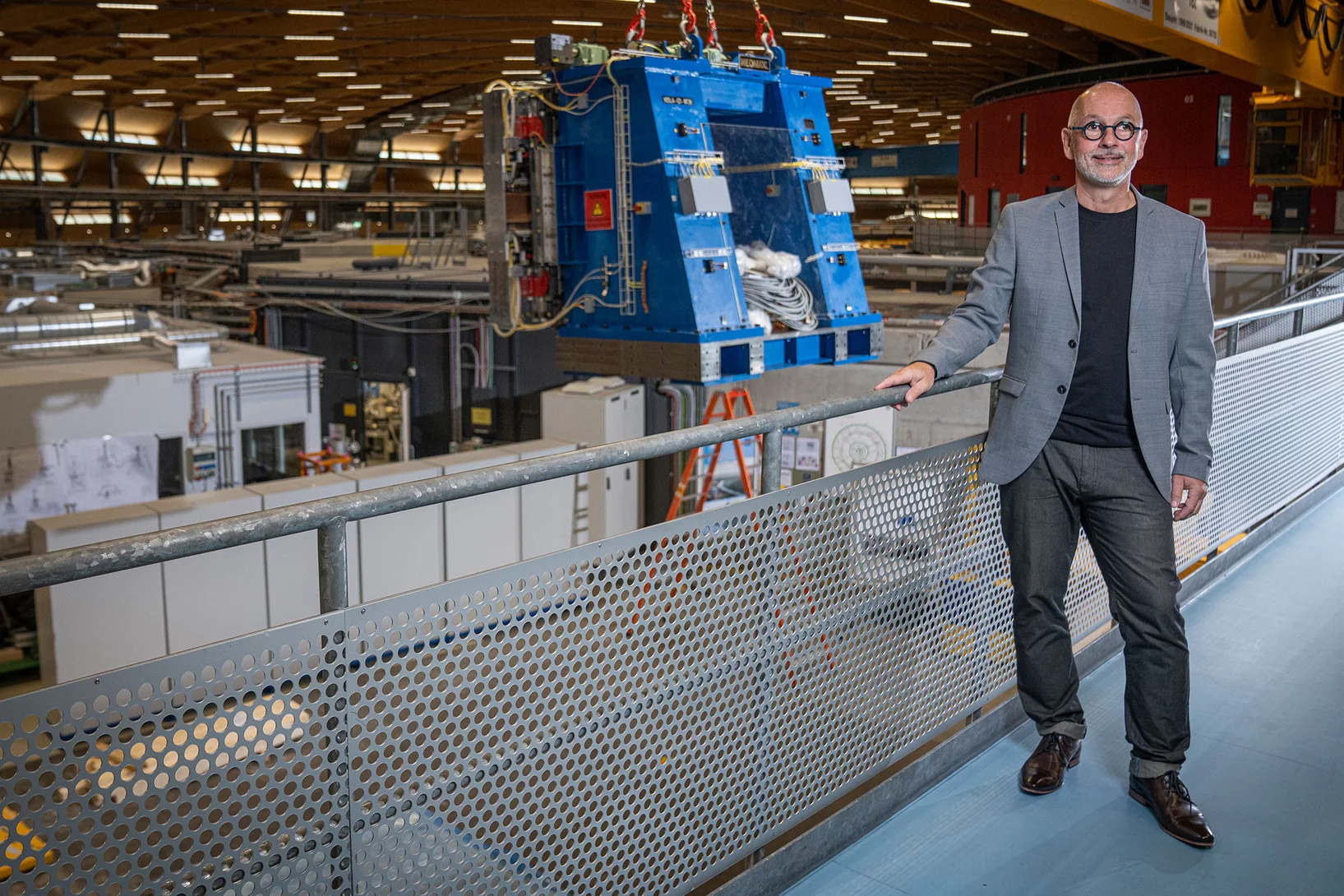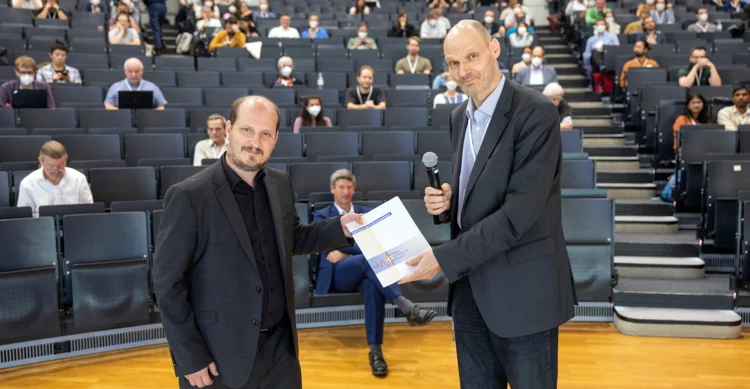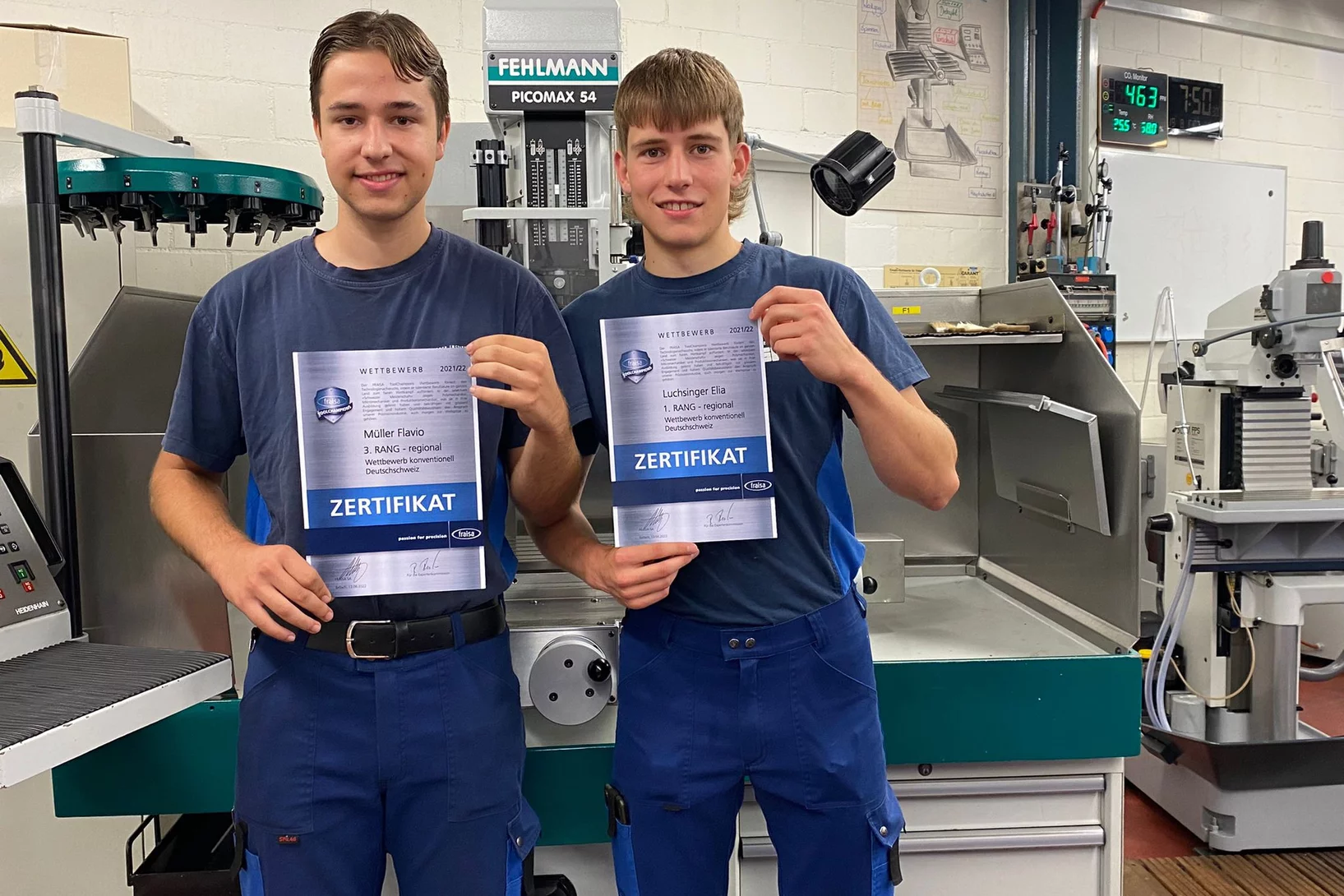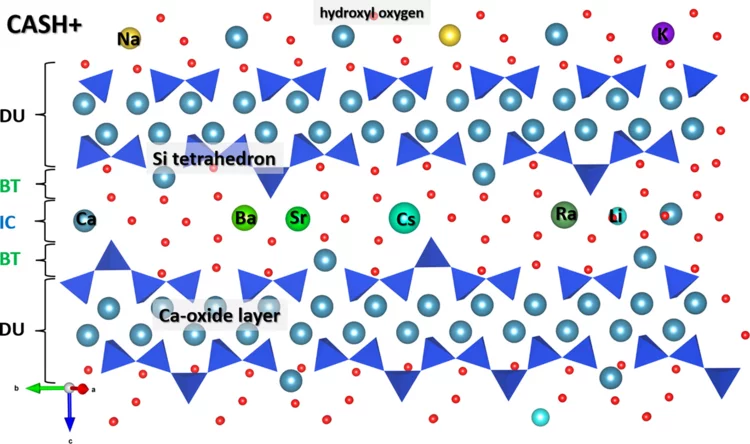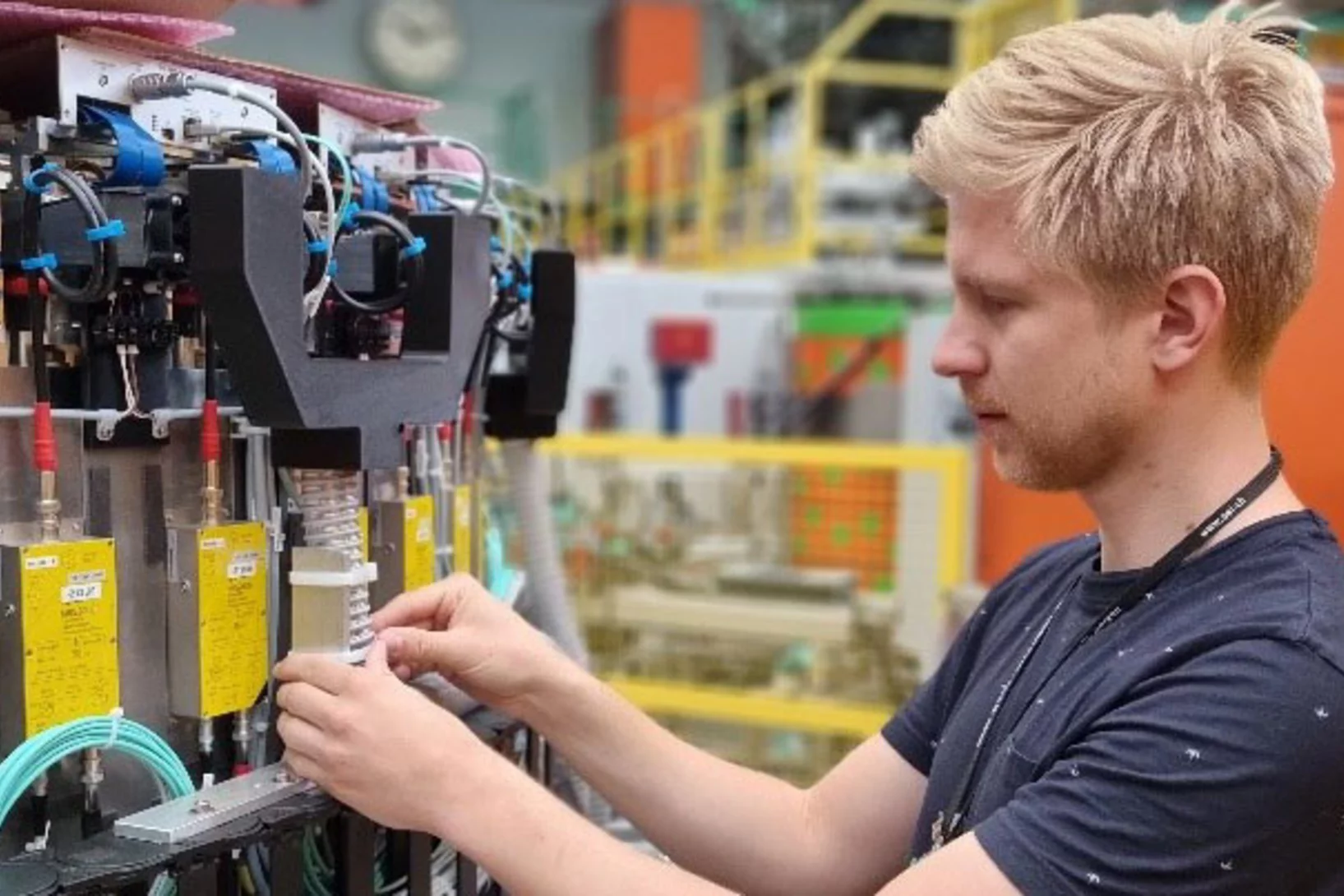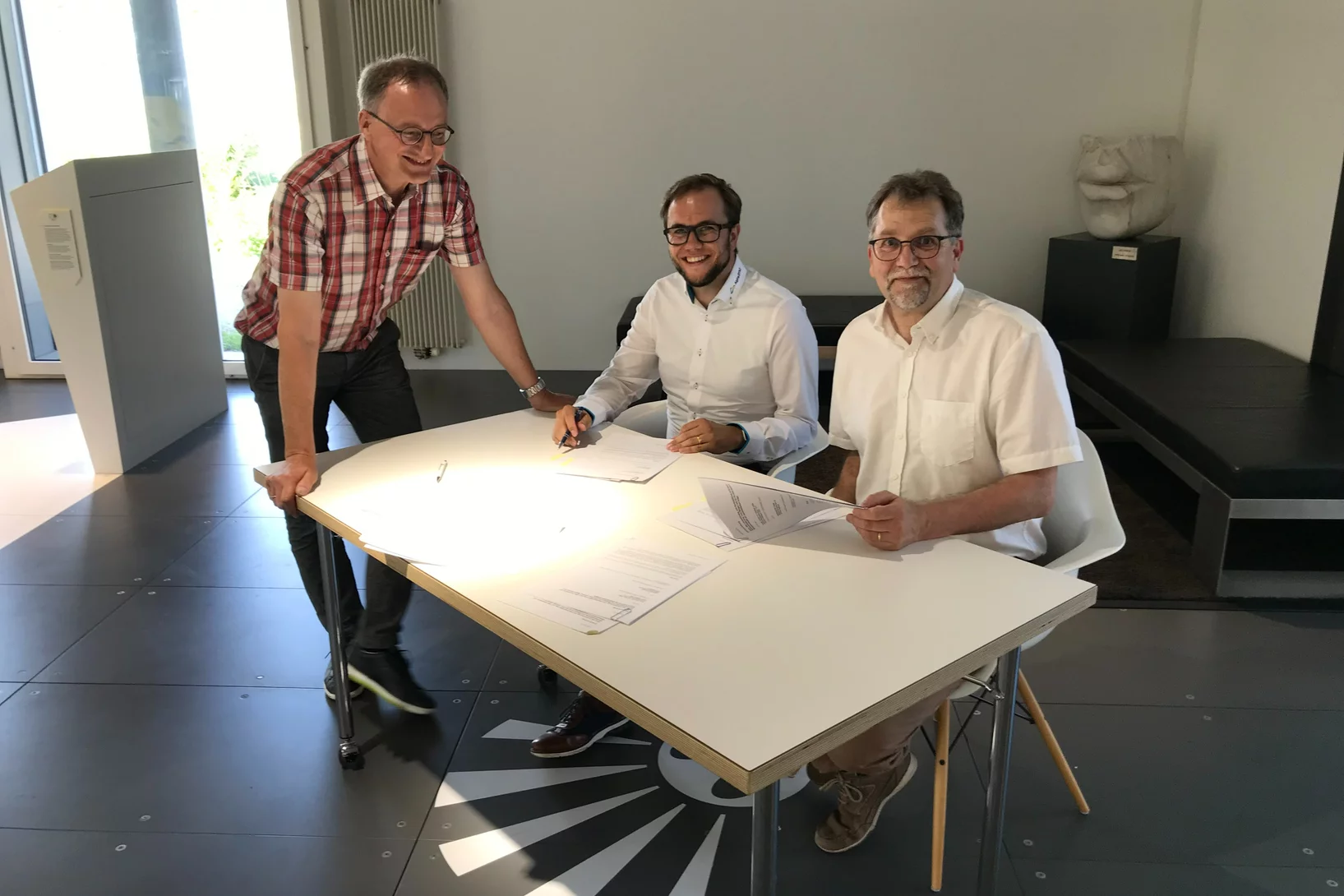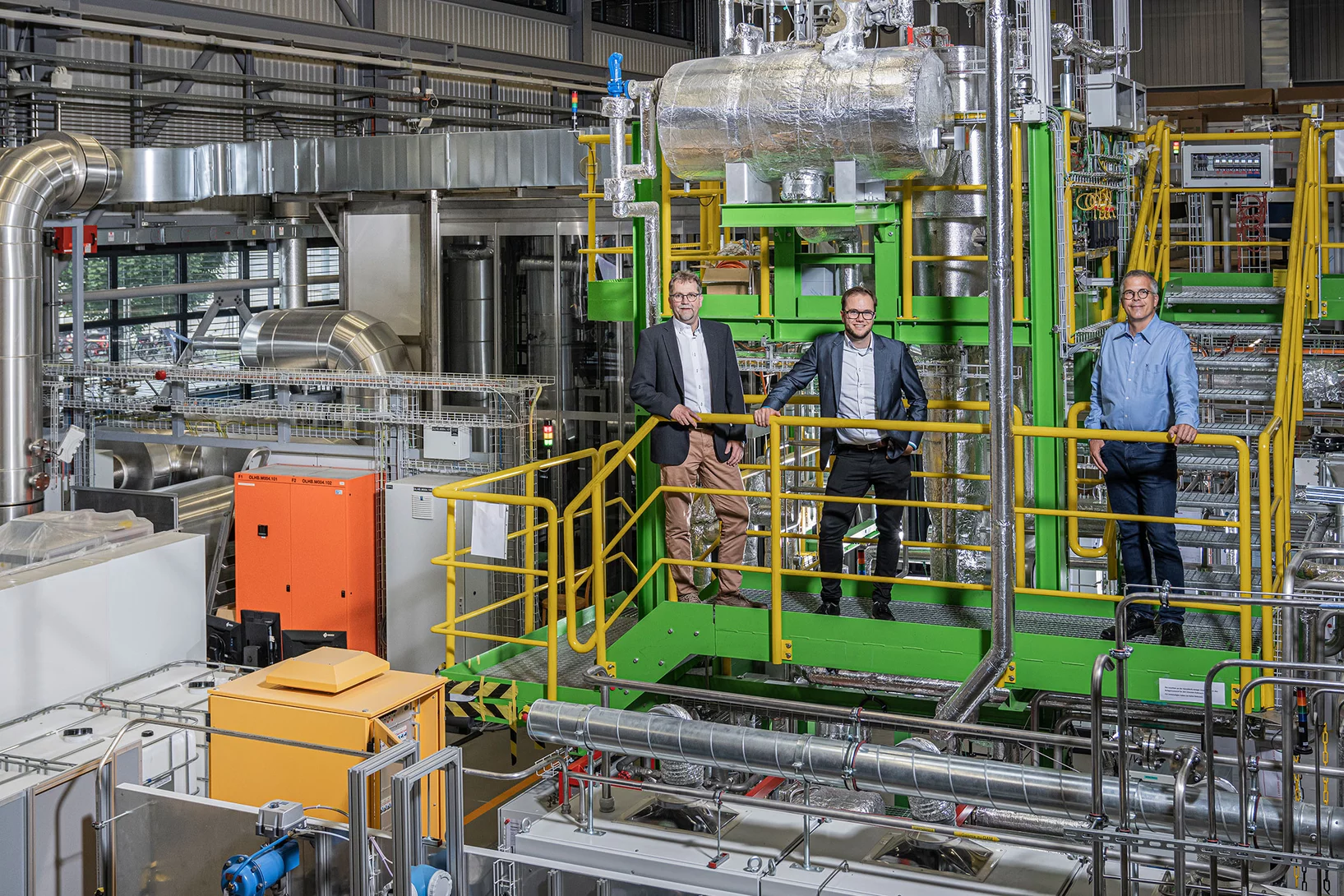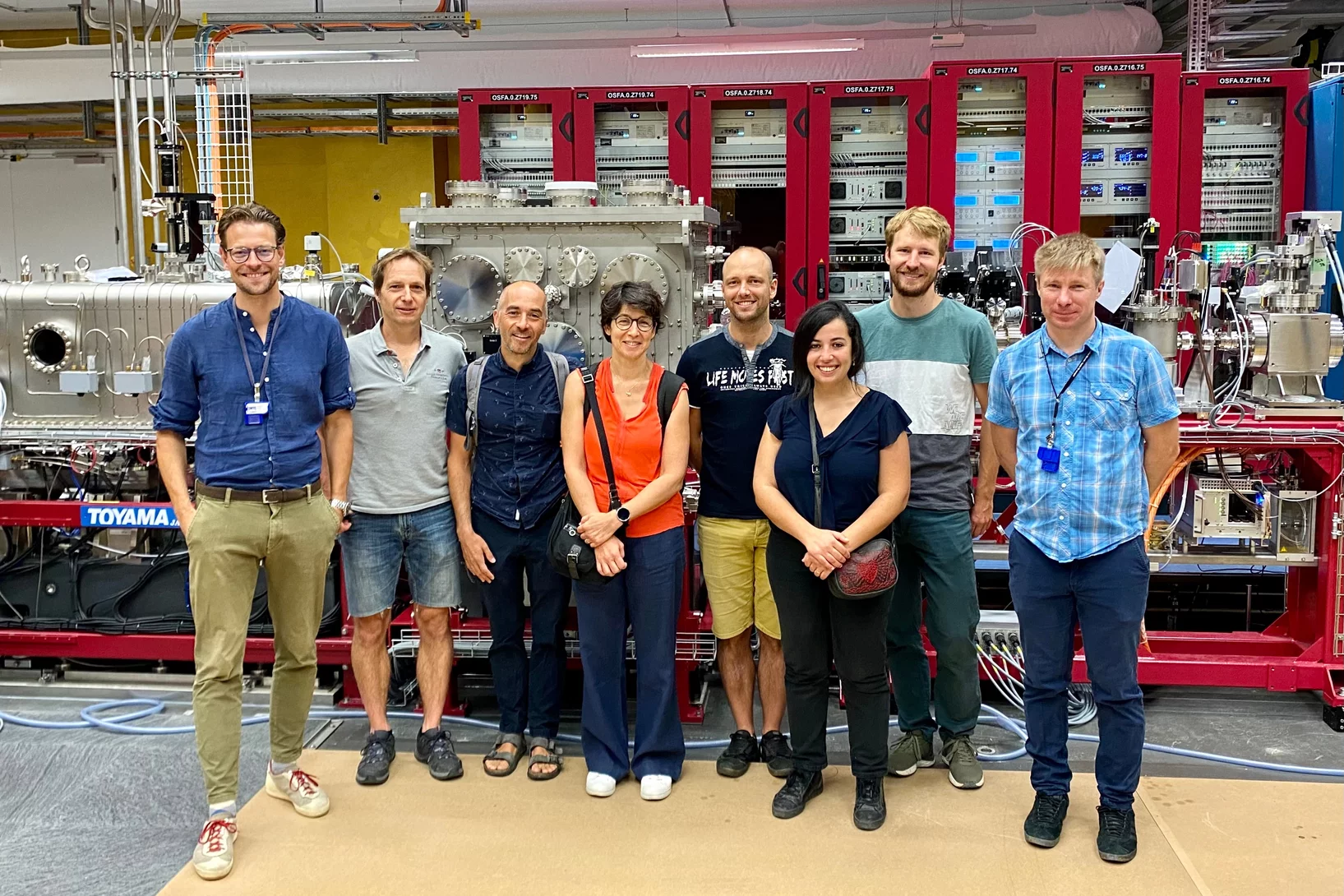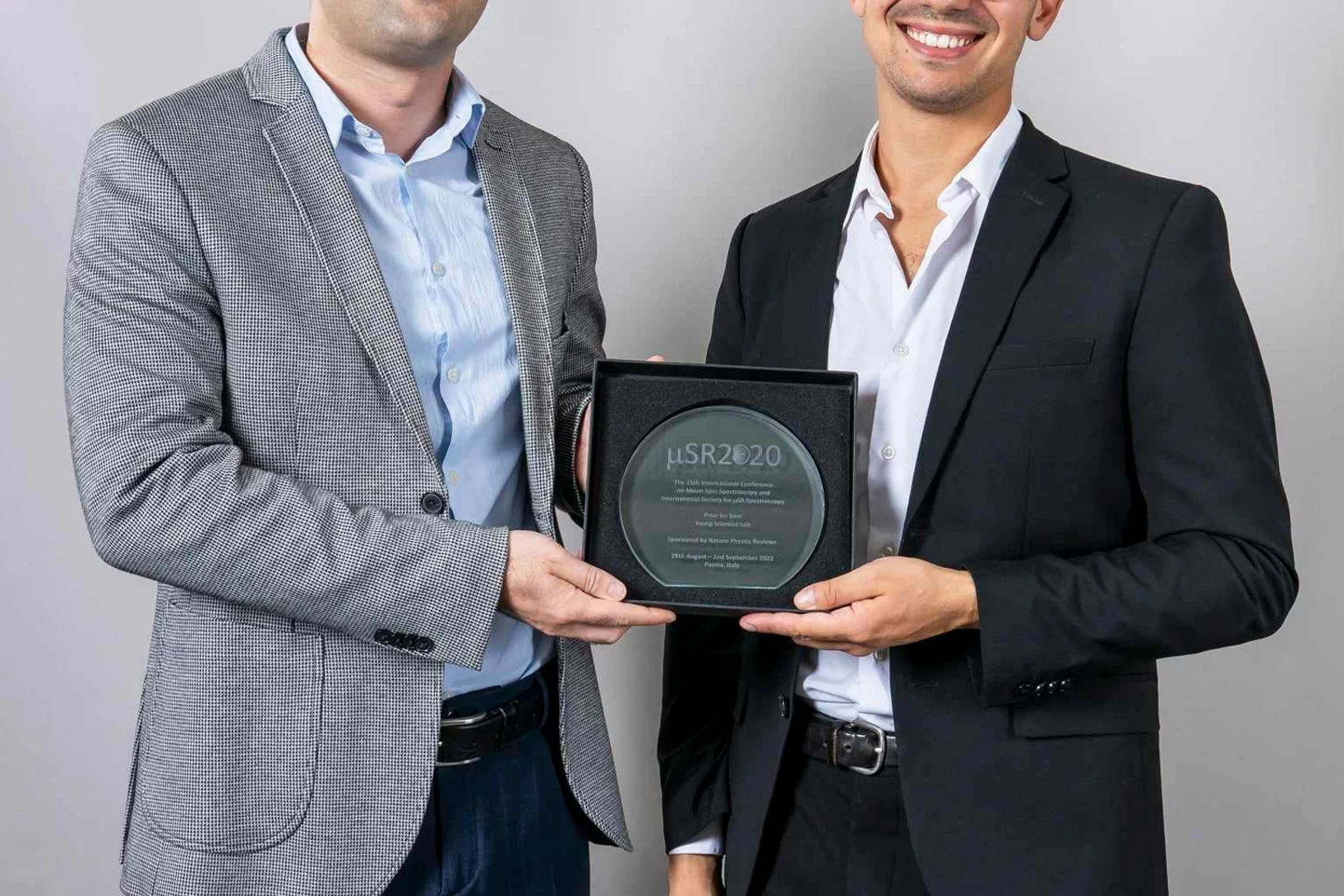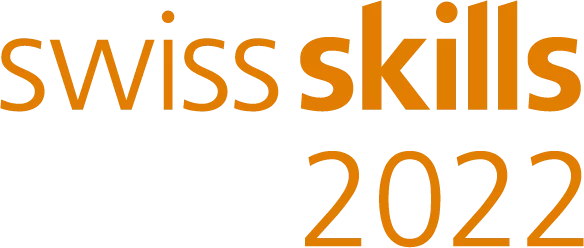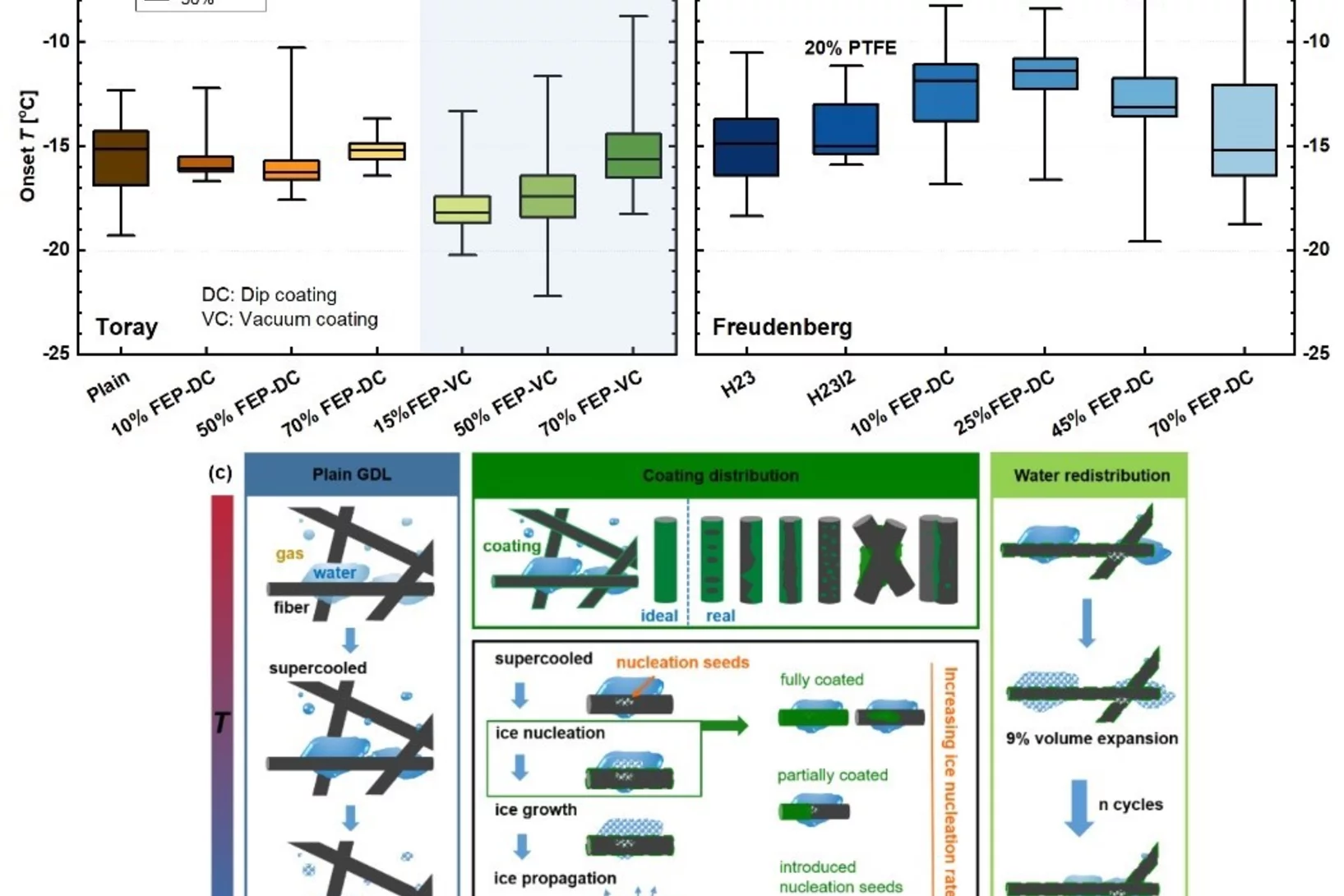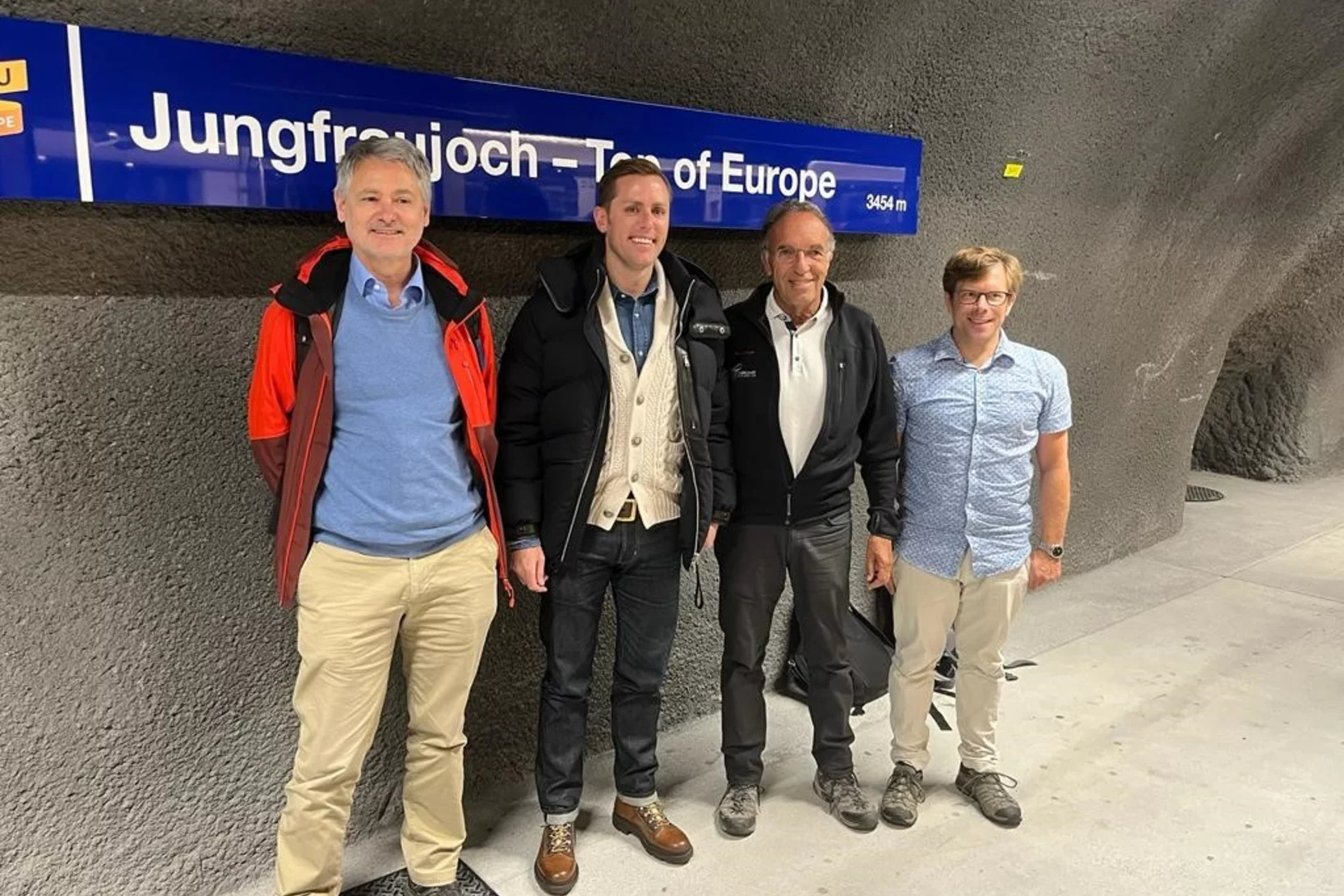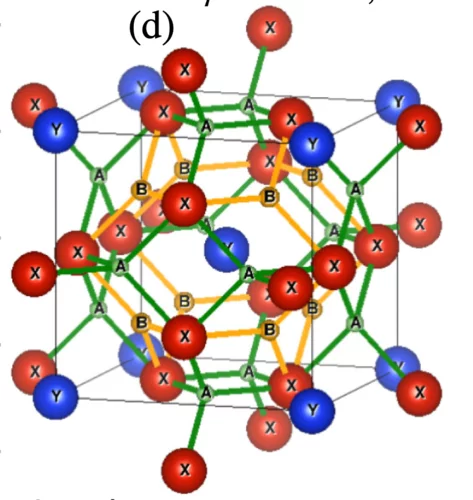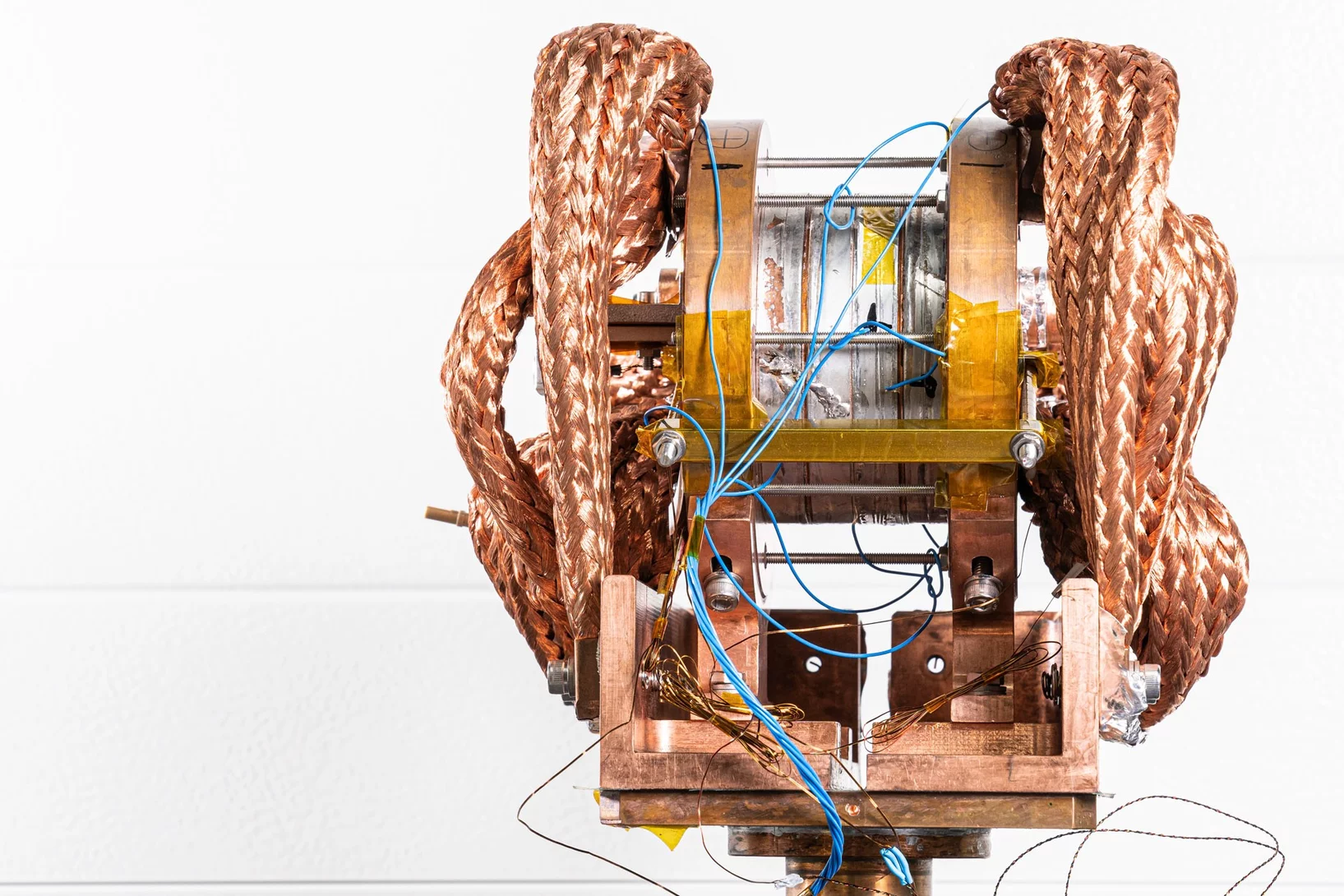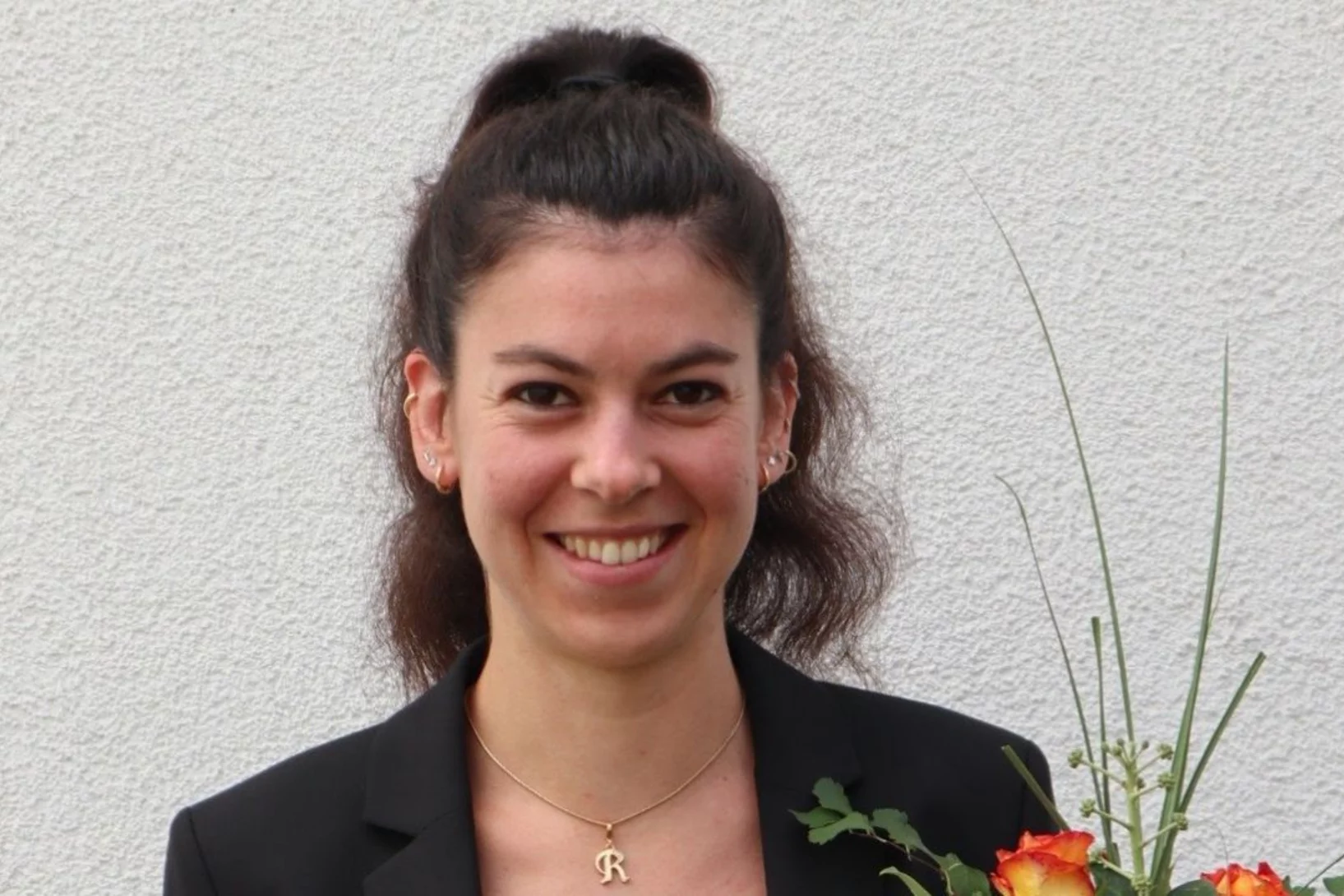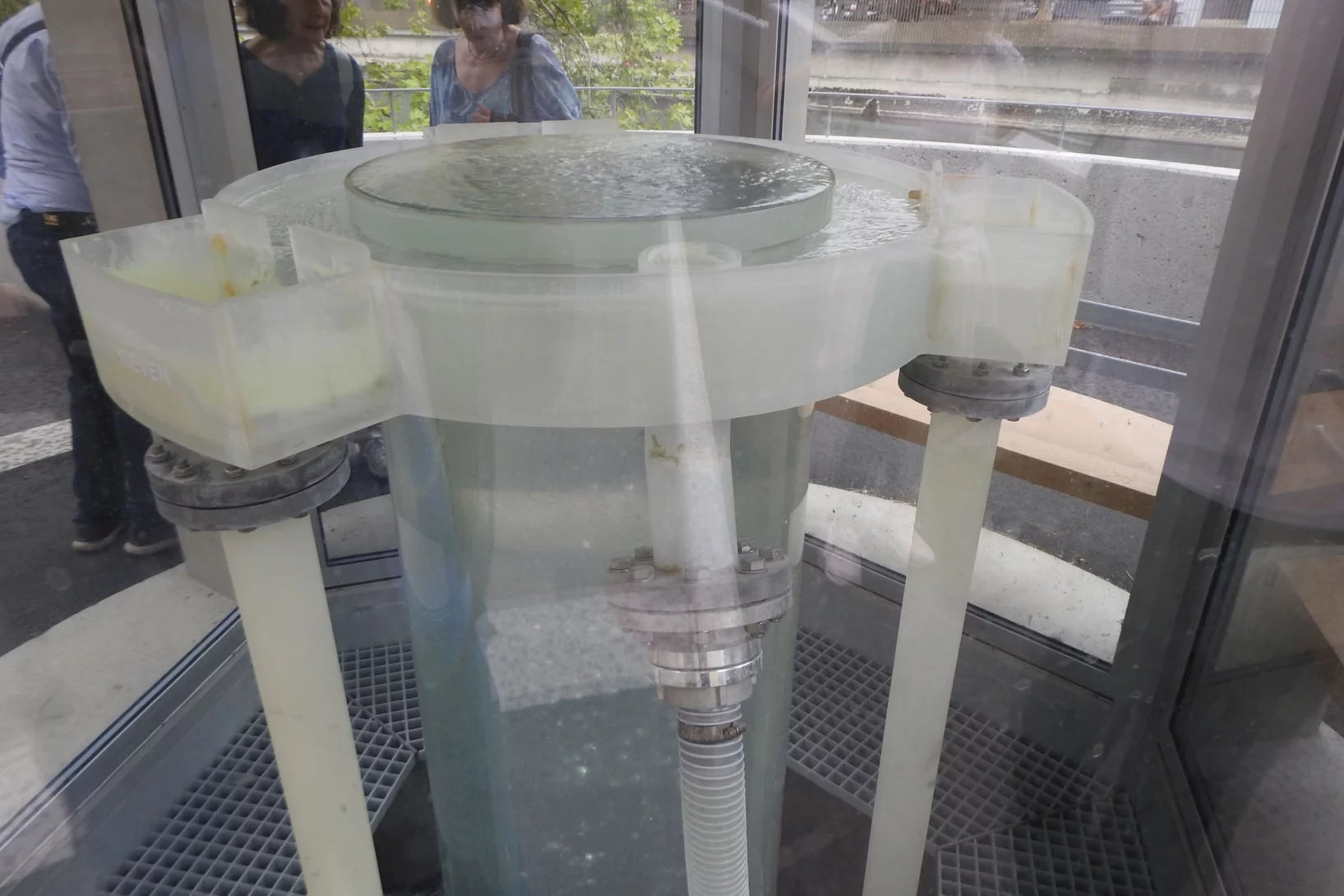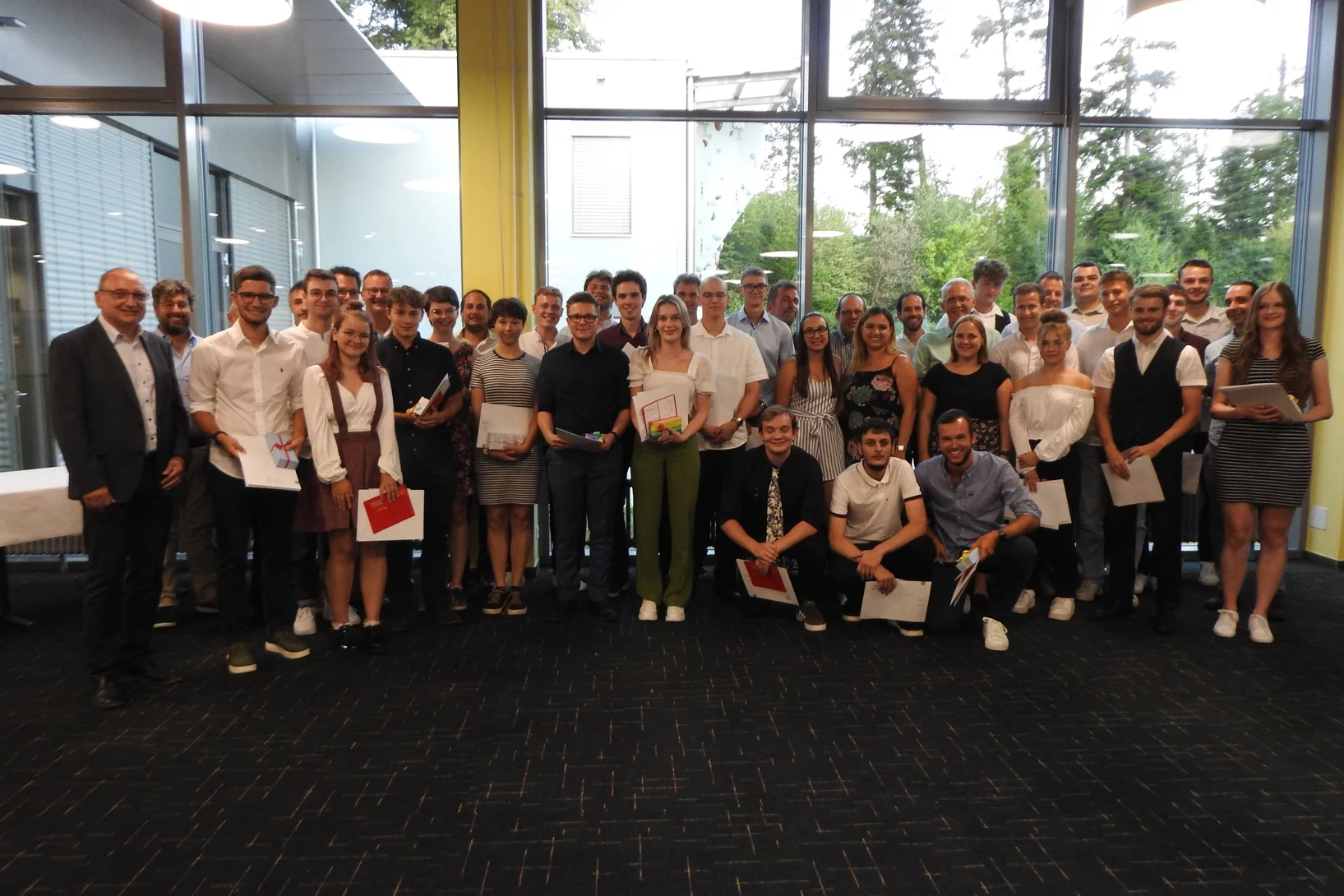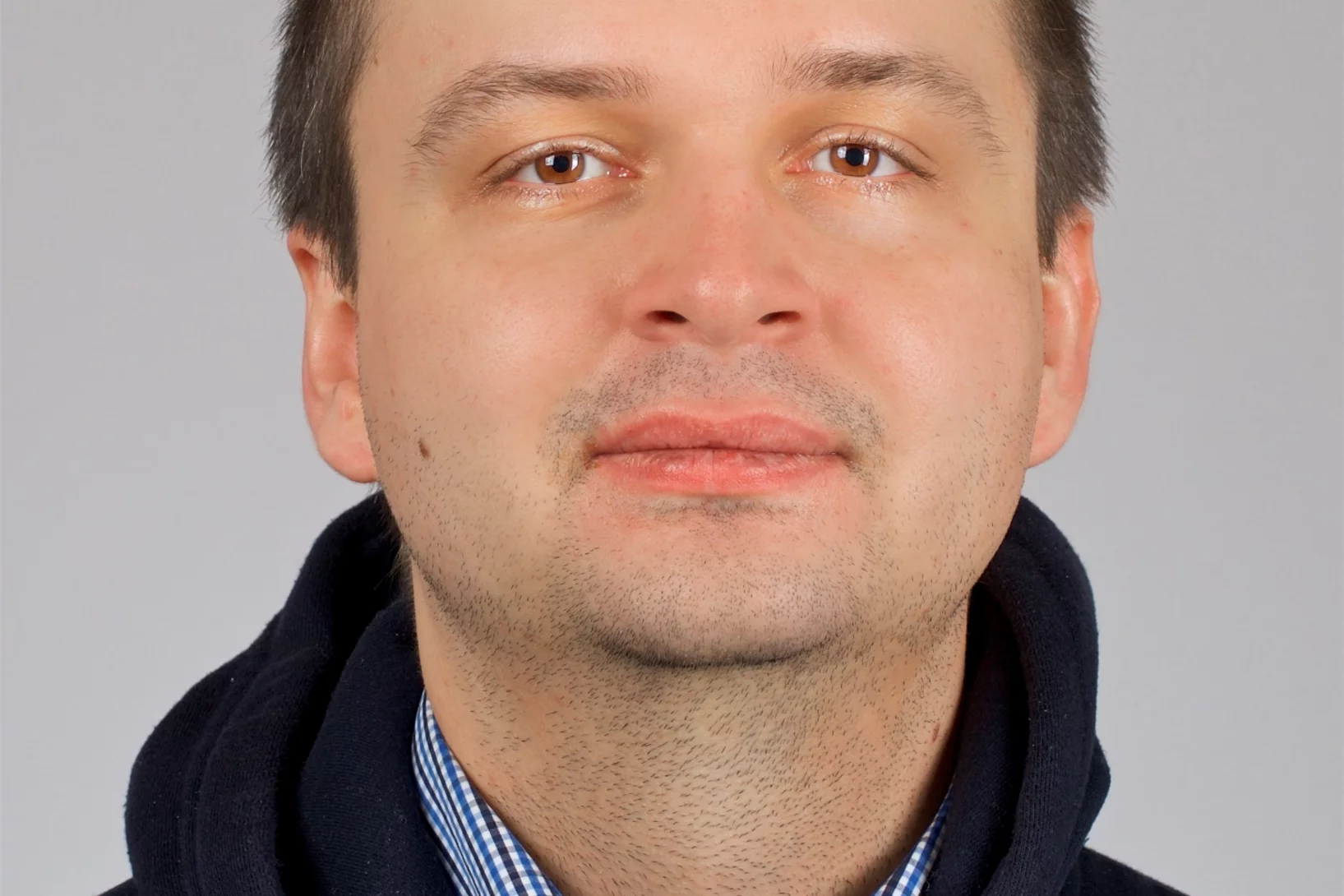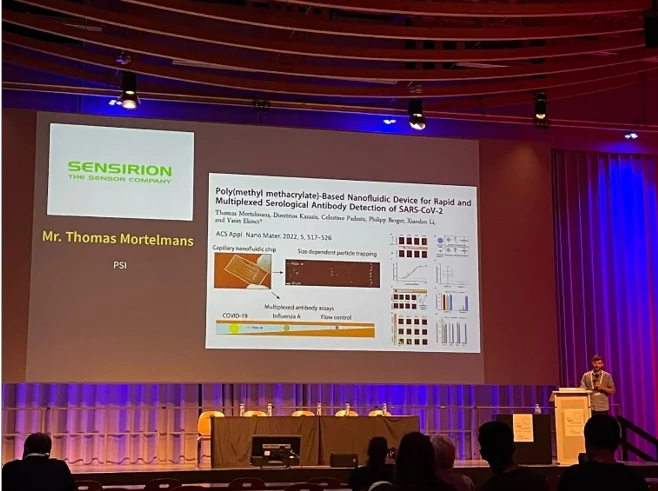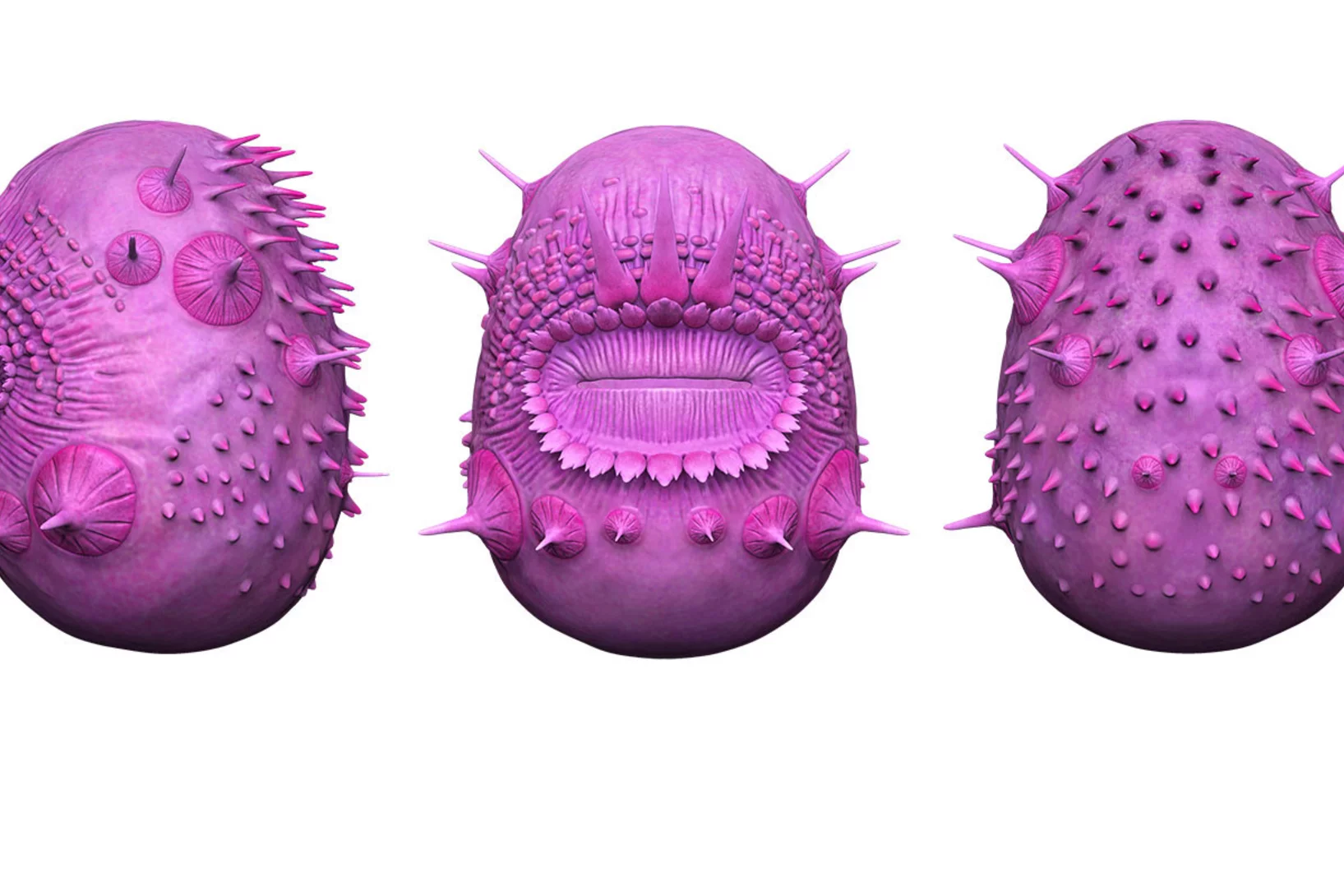Au PSI, plusieurs projets se consacrent à des questions de recherche importantes autour du coronavirus Sars-CoV-2 et des maladies qui en résultent. Nous vous informons sur les activités et les projets, par exemple sur les analyses de tissus pulmonaires, sur la production de protéines et d'anticorps ou sur les idées de nouvelles recherches sur le Covid-19.
Liens utils
Capturing control errors in quantum annealing
The real-world application of this type of quantum computing gets one step closer with a new method to capture errors while qubits are talking to each other.
Three PSI research facilities reveal magnetic crossover
Insights from the Swiss Muon Source, Swiss Spallation Neutron Source and Swiss Light Source reveal this coveted characteristic in an exotic layered material.
SwissSkills 2022 - Resultate
Gold für Melvin D.! 4. Platz für Eric B., Noah P. und Janik M.
Wir gratulieren herzlich und sind stolz auf ihre Leistung!
Congratulation Georg!
All LRC members are proud of Tiebel Georg, who won the Best Poster Presentation Award at the Swiss Chemical Society Fall Meeting 2022, 8 September 2020. Congratulation Georg, great job!
Un bout d’histoire du PSI entame un long voyage
Cap sur Down Under: un composant de haute technologie du PSI a pris la mer pour servir désormais à l’Australian Synchrotron à Melbourne.
Passerelle - Erfahrungsbericht
In der Passerelle geht man ein Jahr lang zur Schule, sodass man die volle Maturität erlangen kann. Nach der Berufsmaturität kann man beispielsweise an die Fachhochschule studieren gehen nicht aber an die Universität oder ETH.
Durch das Diplom der Passerelle erhält man die Maturität und es stehen einem alle Türen offen, um studieren zu gehen.
Artur Glavic received the first Instrumentation Price Neutron Research
Artur Glavic received the first Instrumentation Price Neutron Research “for his significant contributions to the development and construction of novel neutron reflectometers”.
Fräsewettbewerb 2022 mit erfolgreichen PSI-Lernenden
Polymechaniker räumen ab
CASH+ solid solution cement model
A new incrementally extendable thermodynamic model, CASH+, was developed, aimed at accurately describing equilibrium composition, solubility, and elemental uptake of C-A-S-H gel-like phases at varying chemical conditions in cement systems. Cement is widely used as matrix and backfill for low and intermediate level waste. Calcium-Aluminum-Silicate Hydrates (C-A-S-H) are the most important binding phases in cement. They are also responsible for the initial entrapment of radionuclides via sorption or solid solution formation mechanisms. Therefore, the thermodynamic modelling of C-A-S-H stability, solubility and interaction with radionuclides in cement porewater is crucial for understanding hydration, blending, degradation of cement-based materials and for the performance assessment of cementitious repositories.
Neutron scattering collaboration with Norwegian Institute for Energy Technology
A collaboration between the Institute for Energy Technology (IFE) and the Paul Scherrer Institut (PSI) provides dedicated beam-time to Norwegian scientists, bringing with them diverse and exciting topics ranging from revealing hidden inscriptions in amulets to neutron based cancer therapies.
Cooperation and licensing agreement between the Paul Scherrer Institute and Alphasynt
The Paul Scherrer Institute and Alphasynt have recently signed a cooperation- and licensing agreement. In doing so, the two pave the way for a fruitful collaboration in the commercialization of methanation.
Unir les forces pour la transition énergétique
L’Institut Paul Scherrer PSI et la start-up AlphaSYNT commercialisent une nouvelle approche pour stocker l’énergie sous forme de méthane.
Swiss-French pulsed magnetic field retreat
The Cristallina-Q team has welcomed French high-field experts at SwissFEL for an informal 2-day retreat. The ten participants discussed which technical capabilities of the UZH-PSI pulsed magnet setup should be further developed and which science cases targeted in the upcoming commissioning and pilot experiment phase.
Prize from International Society for muSR Spectroscopy
PhD student of the E-QuP group Charles Mielke III receives the Prize for best Young Scientist Talk at the 15th International Conference on Muon Spin Spectroscopy.
Welcome to Luca Longetti!
We warmly welcome Luca Longetti to the Laboratory of Environmental Chemistry.
Cashlessly money upload of PSI badge
It is now possible to upload your PSI badge cashless directly with your credit card. The respective machine is located in the entrance area of the PSI restaurant OASE.
SwissSkills 2022
Reicht es für eine Medaille oder ein Diplom?
The Effects of Hydrophobicity Treatment of Gas Diffusion Layer on Ice Crystallization in PEFCs
Water management is crucial to the successful cold-start in polymer electrolyte fuel cells (PEFCs). The sudden freeze of supercooled water blocks the reactant gas in the cathode and causes rapid voltage failure. In this work, we statistically evaluated the effects of the gas diffusion layer (GDL) substrate, size, saturation, and the coating loads and methods of hydrophobic polymer on the freezing probability of supercooled water by differential scanning calorimetry (DSC).
High-ranking visitor on the Jungfraujoch Research Station
On Friday 19th of August, US Ambassador to the Swiss confederation Scott Miller visited the Jungfraujoch, where PSI scientists conduct research at 3580 meters above sea level.
Entanglement between Muon and I > 1/2 Nuclear Spins as a Probe of Charge Environment
We report on the first example of quantum coherence between the spins of muons and quadrupolar nuclei. We reveal that these entangled states are highly sensitive to a local charge environment and thus, can be deployed as a functional quantum sensor of that environment. The quantum coherence effect was observed in vanadium intermetallic compounds which adopt the A15 crystal structure, and whose members include all technologically pertinent superconductors. Furthermore ...
PSI am diesjährigen Swiss Innovation Forum in Basel
Austausch, Inspiration und neue Denkweisen können einen wesentlichen Beitrag zu Innovationen leisten. Das Swiss Innovation Forum (SIF) 2022 vereint dies an einem Ort - deshalb unterstützen wir als PSI die diesjährige Ausgabe des SIF als Partner.
Am 23. November treffen sich motivierte Start-ups, engagierte Investorinnen und mutige Ideengeber im Congress Centre Basel. Im branchenübergreifenden Austausch entwickeln sie neue Ideen, um die Schweizer Innovationslandschaft voranzutreiben.
Highlights des Programms:
💡 Keynotes von Tricia Wang (Gründer, Sudden Compass), Dr. Prof. Heino Falcke (Astronom), Miriam Meckel (HSG-Professorin), Marc Gläser (CEO, Stöckli) und vielen mehr.
💡 Verleihung des Swiss Technology Award 2022, dem bedeutendsten Technologiepreis der Schweiz.
💡 Experience Zone mit spannenden Cases aus dem Innovationsland Schweiz.
Das PSI ist mit dabei – besuchen Sie uns an unserem Stand in der FutureExpo und erfahren Sie mehr über die Energieforschung am PSI und unsere Ideen für nachhaltige Treibstoffe und Gase, Dekarbonisierung und gegen Strommangellagen.
Detaillierte Informationen und Anmeldung zur Konferenz unter www.swiss-innovation.com
Stronger magnets, faster particles, new physics.
Probing the very smallest building blocks of matter requires big experiments. That is why physicists built an 18 Tesla high temperature superconducting magnet.
Poster Prize 2022: First Prize (AKB Foundation) of the SAPhW Poster Award at the Swiss Pharma Science Day 2022
Rahel Wallimann, PhD student in the “Nuclide Chemistry Group”, received the first prize (AKB Foundation) of the SAPhW Poster Award at the Swiss Pharma Science Day 2022.
Berufsbildnerabend 2022
1 Million Liter Wasser sprudelt jeden Tag aus den vielen Thermalquellen im Bäderquartier in Baden
WorldSkills 2022
Vom 19. - 22. Oktober 2022 drücken wir Mario Liechti (ehem. Lernender) im Beruf des Elektroniker EFZ beide Daumen!
Lehrabschlussfeier 2022
Bei schönstem Wetter feierten wir unsere 27 neuen Berufsleute.
Doctoral thesis award 2022 for Igor Plokhikh
Doctoral thesis award of the Dr. Alfons Paulus Foundation at the University of Regensburg, Faculty of Chemistry and Pharmacy for Igor Plokhikh
On 14th of July 2022 Dr Igor Plokhikh (currently postdoc at SSCG, LMX PSI) has been awarded with the Doctoral thesis award of the Dr. Alfons Paulus Foundation at the University of Regensburg, Faculty of Chemistry and Pharmacy. He completed his doctoral studies at the group of Prof. Arno Pfitzner working on synthesis, crystal growth and characterization of crystal and magnetic structures of new magnetic Eu2+-containing compounds. This work resulted in discovery of over 10 new compounds, some of which exhibit complex magnetic phase diagrams.
Thomas Mortelmans receives the Swiss Nanotechnology PhD award
Thomas Mortelmans has been a PhD at the Laboratory for X-ray Nanosciences and Technologies for the last four years. He recently defended his PhD-thesis at the University of Basel entitled: "The development of a nanofluidic particle size sorter and its biomedical sciences" and was awarded the grade of summa cum laude.
Un curieux fossile qui n’est pas notre ancêtre
La lumière de type rayons X résout un des mystères de l’ascendance humaine
(++Ausschreibung beendet++) Diversity Award 2022
Ab sofort können Teammitglieder ihre Führungskraft für den Diversity Award 2022 nominieren!


